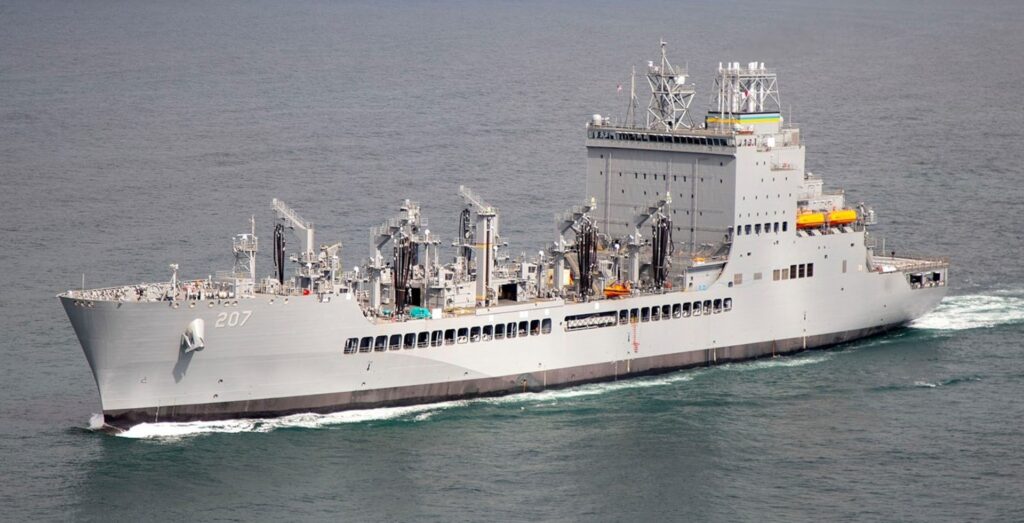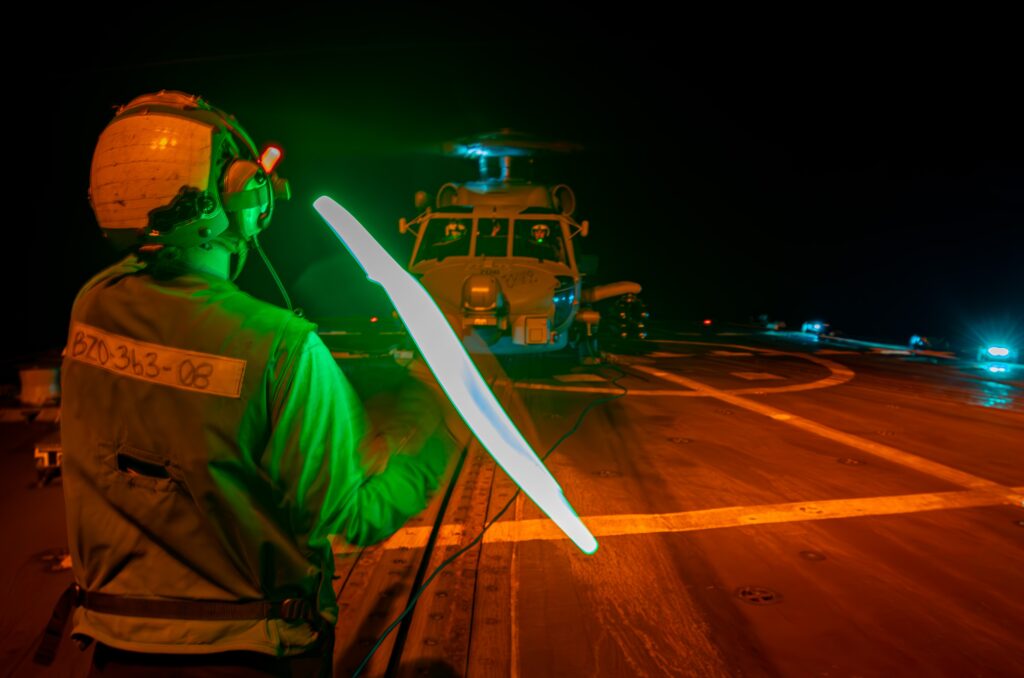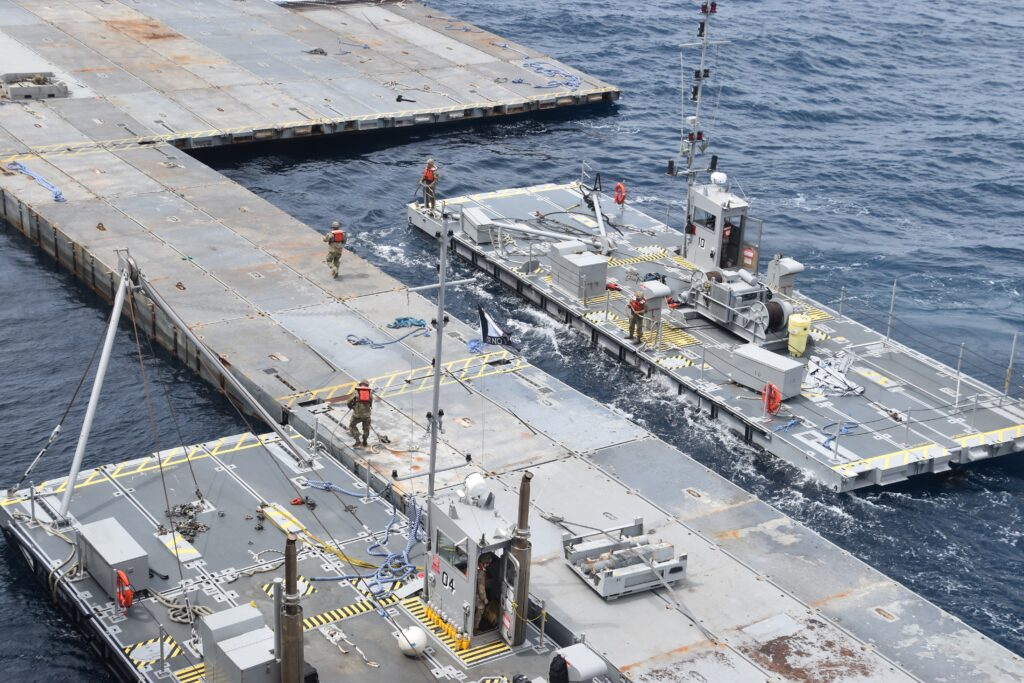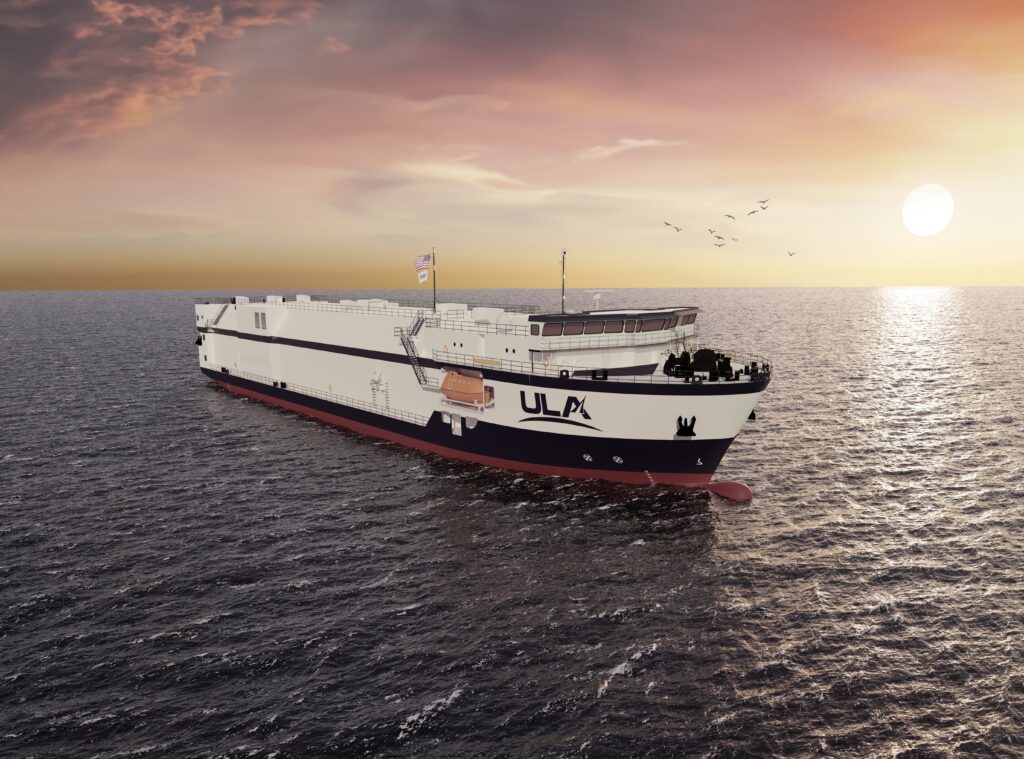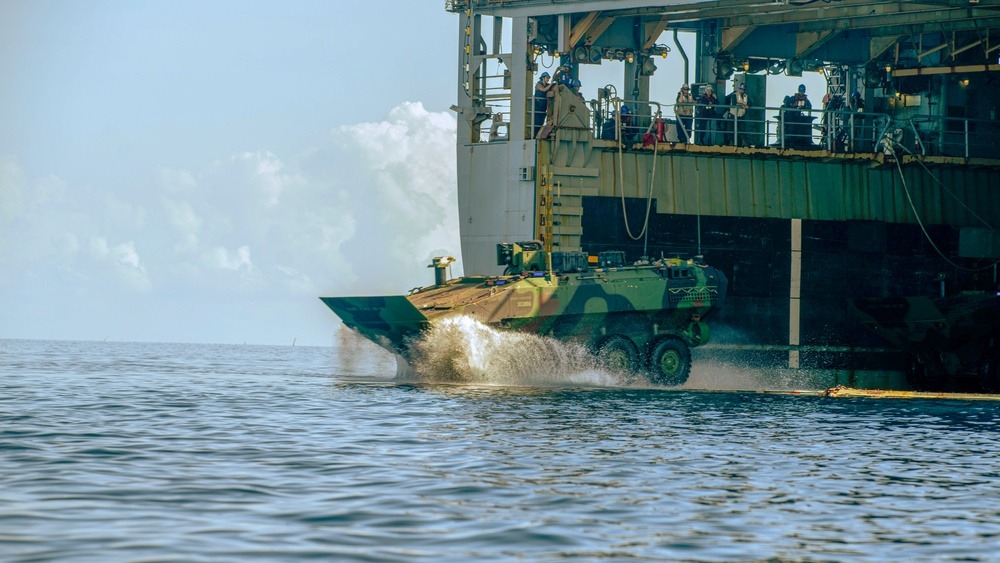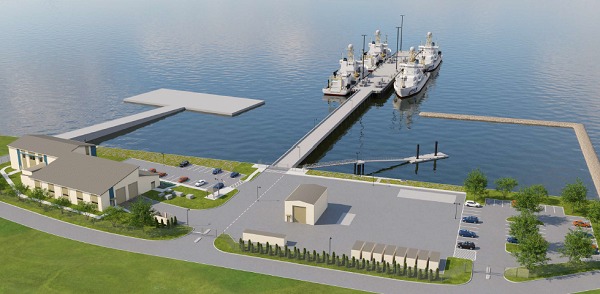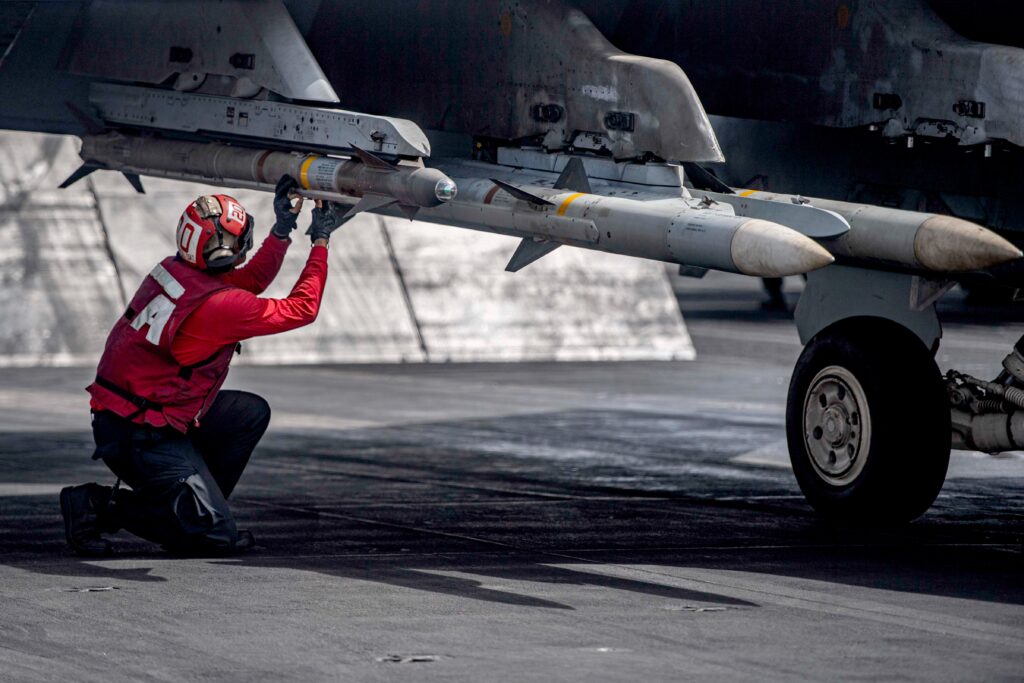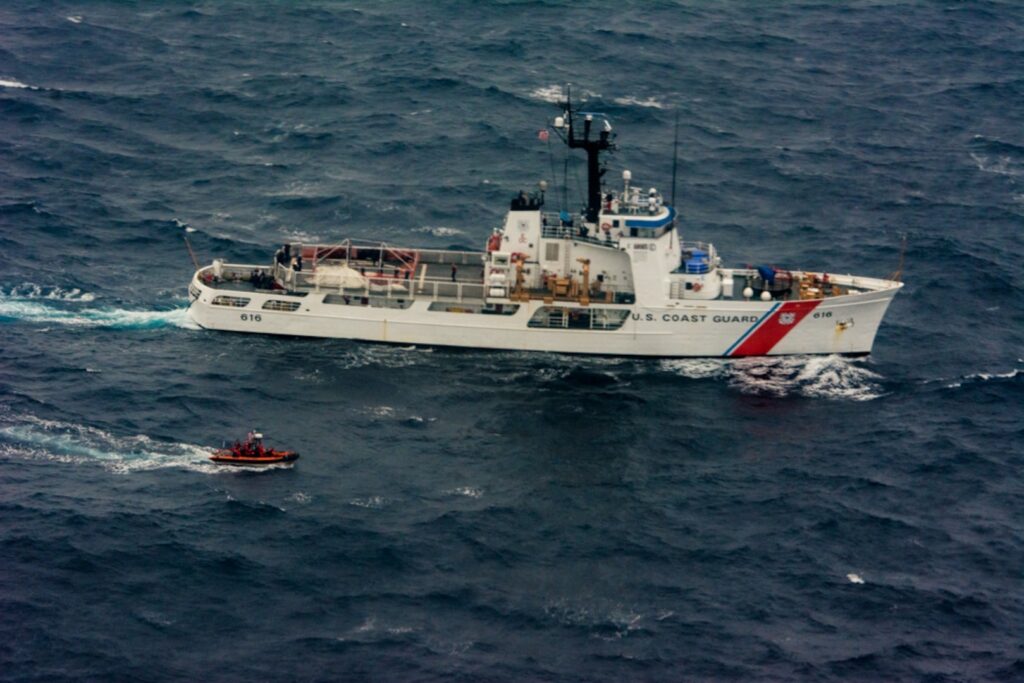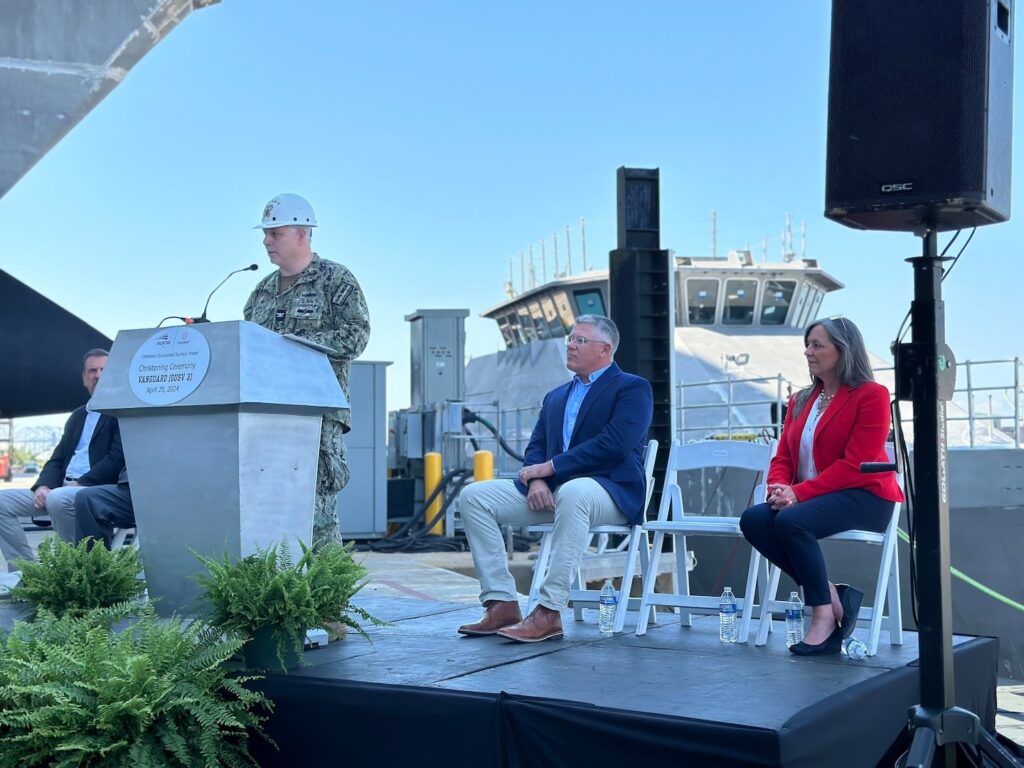SECNAV Del Toro Names Future Nuclear-Powered Attack Submarine USS Miami with Gloria Estefan as Sponsor

From SECNAV Public Affairs, May 7, 2024
Secretary of the Navy Carlos Del Toro announced that future Virginia-class nuclear-powered attack submarine SSN 811 will be named USS Miami. Secretary Del Toro made the announcement, May 7, during the official kickoff concert of the inaugural Fleet Week Miami, hosted by Blue Star Families.
The future USS Miami honors the city of Miami and the crews of three previously Navy vessels to bear the name.
“That shared history is what makes Miami one of the greatest cities on Earth—and emblematic of what makes this country the greatest country in the world,” said Del Toro. “Miami is a shining example of what happens when a city welcomes all who come seeking a better life.”
Along with the ship’s name, Secretary Del Toro announced that international pop star Gloria Estefan will be the sponsor for the future USS Miami. In her role, Gloria Estefan will represent a lifelong relationship with the ship and crew.
“We are so thankful as citizens of this great country to have all of you out there protecting and serving all of us,” Gloria Estefan said to the approximately 1,500 Sailors and Marines attending the kickoff concert, produced by entertainment icon Emilio Estefan.
The city of Miami has been honored with three previous vessels: a gunboat (1862-1865), a light cruiser (1942-1947), and a nuclear-powered submarine (1990-2014).
In June 1862, the first Miami engaged enemy forces at a rapid fire while Flag Officer David G. Farragut’s ships ran past Confederate shore batteries at Vicksburg, Mississippi. In 1864, the Gunboat’s crew supported Union troops ashore and battled Confederate ironclad Albemarle at Plymouth, NC..
At the Battle of Leyte Gulf during World War II, the second Miami (CL 89) fought as part of Admiral William F. Halsey’s Third Fleet, helping to sink Japanese destroyer Nowaki on October 26, 1944. Two seaplane pilots operating from Miamireceived the Distinguished Flying Cross for rescuing downed airmen in enemy waters. Miamiearned a total of 6 battle stars for operations in the Marianas, Western Caroline Islands, Leyte Gulf, Luzon, Iwo Jima, and Okinawa.
The third Miami (SSN 755) conducted cruise missile strikes during Operation Desert Fox in 1998 and again during Operation Allied Force in 1999.
Attack submarines are designed to seek and destroy enemy submarines and surface ships; project power ashore with Tomahawk cruise missiles and Special Operation Forces (SOF); carry out Intelligence, Surveillance and Reconnaissance (ISR) missions; support battle group operations; and engage in mine warfare.
Miami also has a maritime connection. The greater Miami region was formerly home to a seaplane base (1918-1920), a naval reserve air base (1931-1942), and a naval air station (1940-1958). United States Southern Command (SOUTHCOM) has been headquartered in Miami-Dade County since 1997.
More information on attack submarines can be found here.
Read Secretary Del Toro’s full remarks online.
